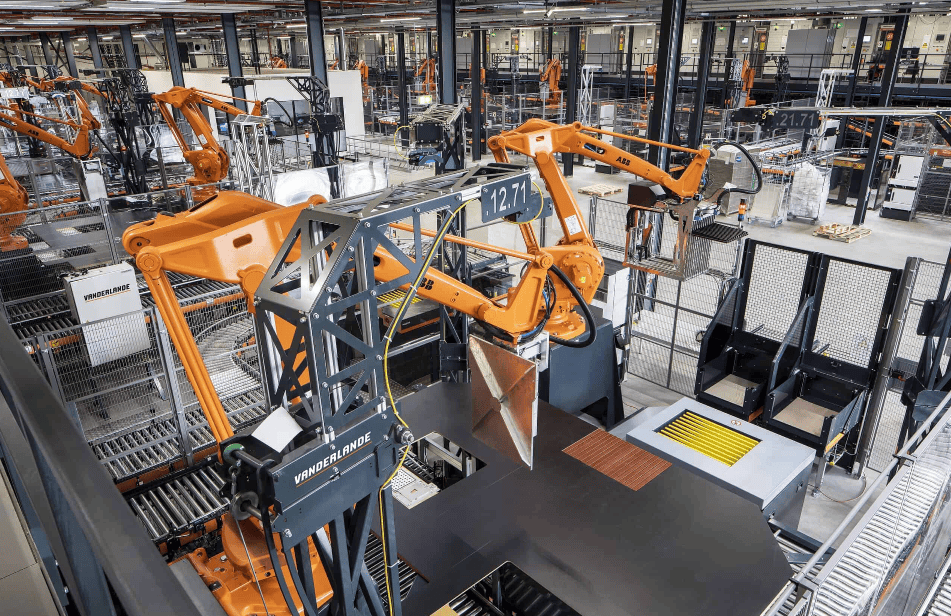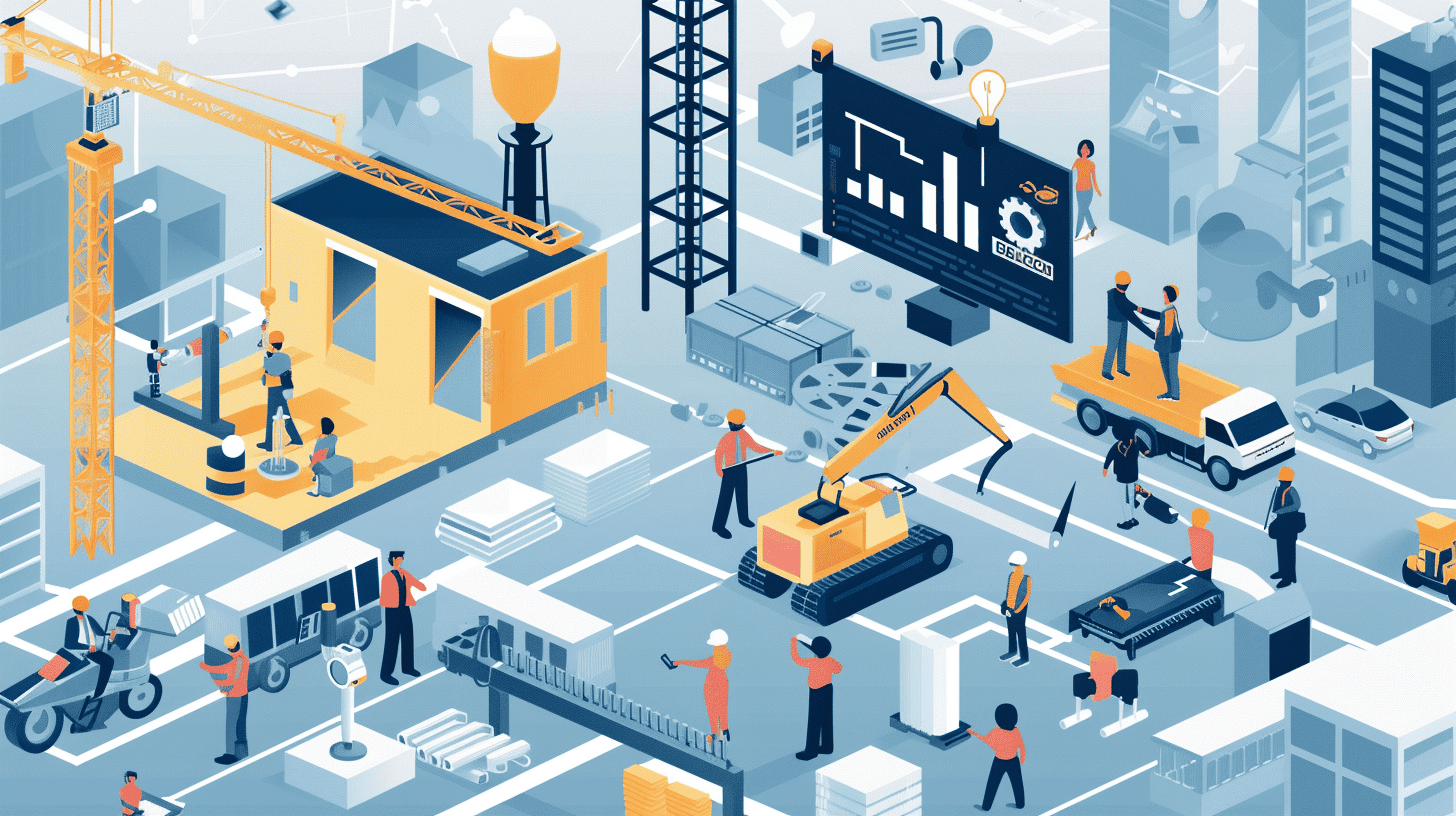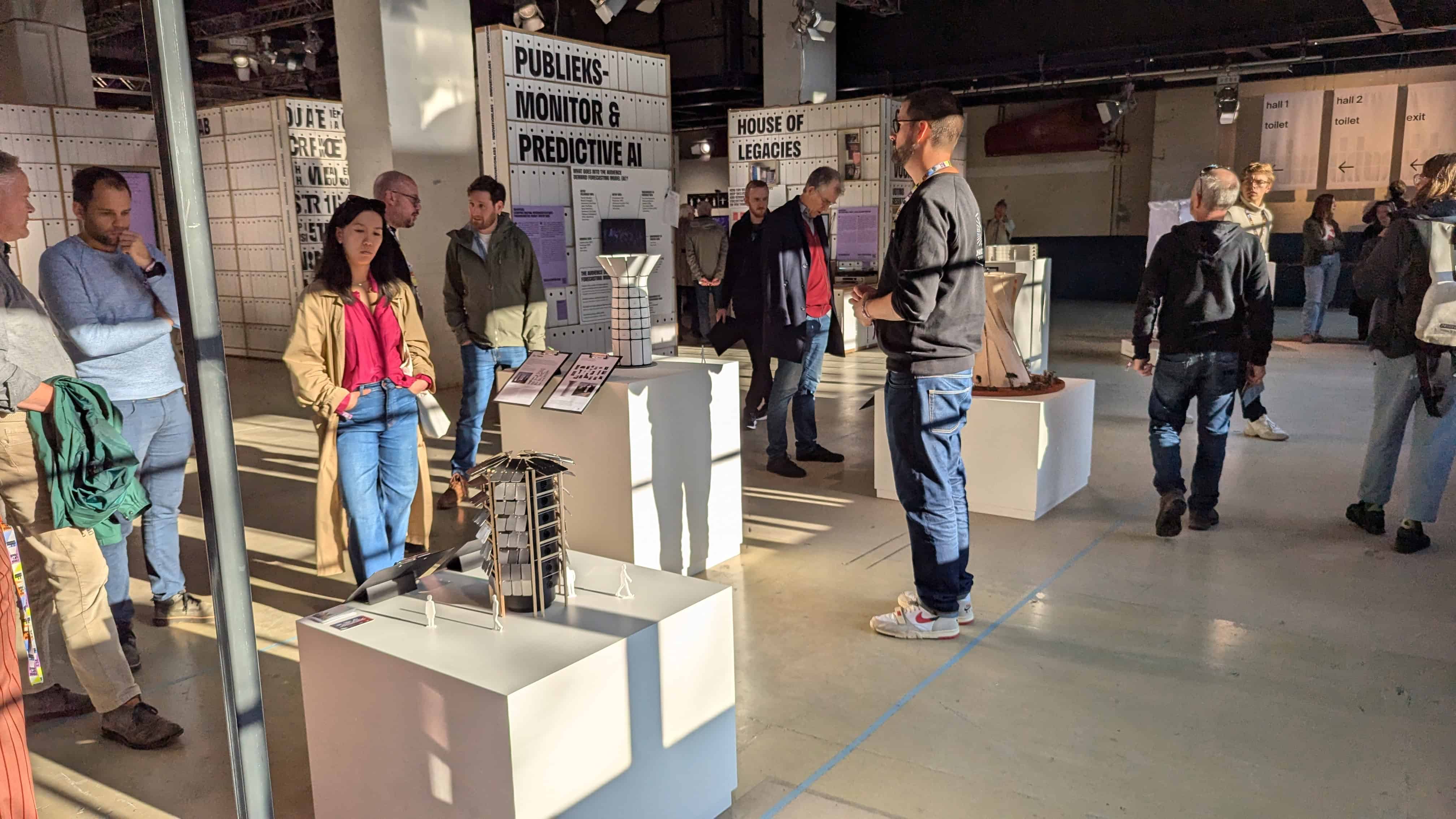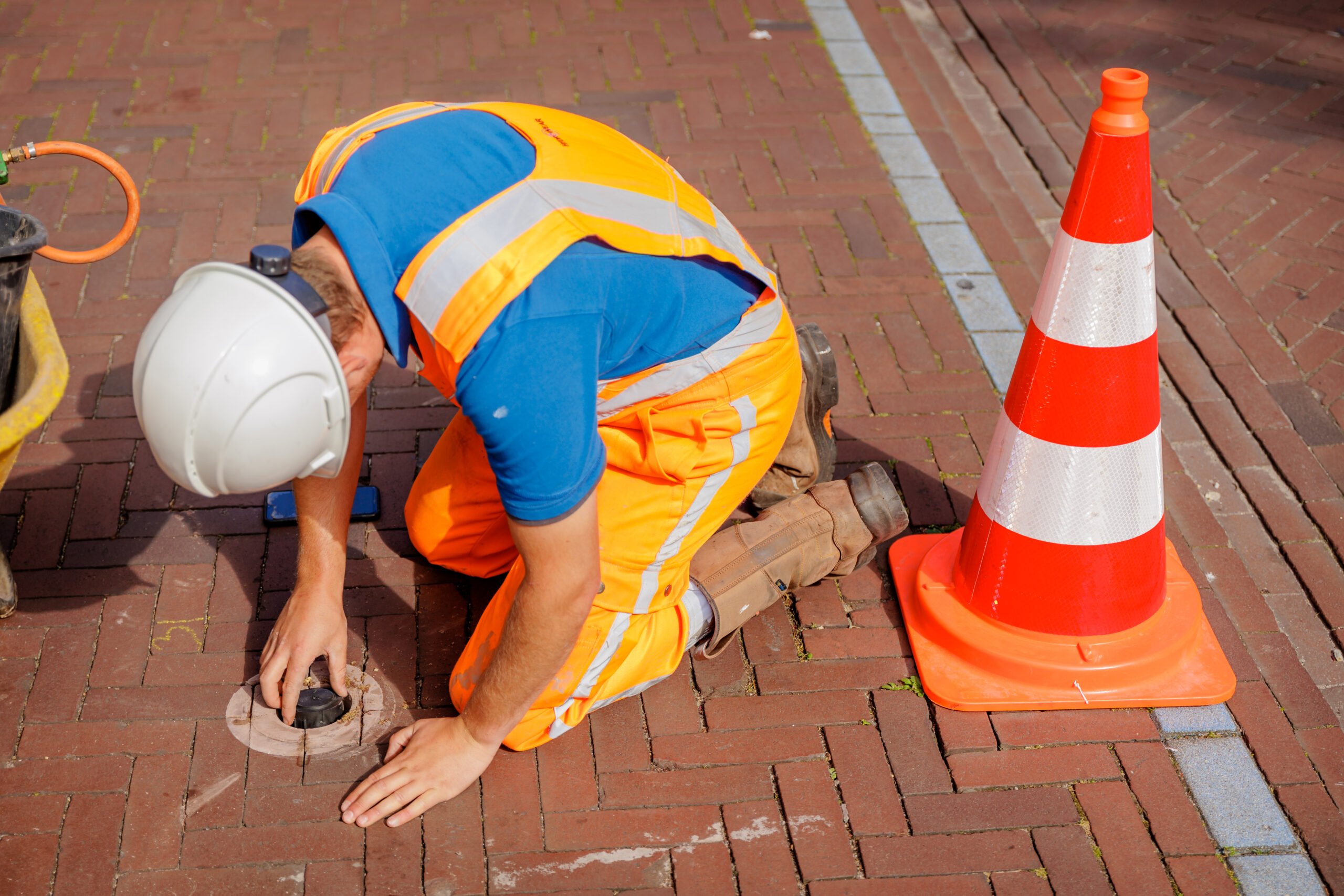
Many business owners in the construction sector are still apprehensive about purchasing ‘smart’ machines. A survey made public last month shows that only about half of construction companies use smart applications. They offer advantages and disadvantages, contractors tell us when asked. It may even make the industry more interesting to young people, who are not particularly keen on a career in construction at the moment.
Nowadays, there are plenty of innovations in the construction industry, ranging from smart construction lamps, warning systems and even exoskeletons, which help construction workers lift heavy loads.
In recent years, the construction company Dura Vermeer has applied IoT solutions in a range of construction projects. “With smart equipment, we provide a safer and more sustainable work environment and processes that work better. For instance, we work a lot with sensors,” says Barbara Huizink, Director of Innovation Division Infra at Dura Vermeer.
Smart road surface
In North Holland, the company laid a smart road surface on the Kogerpolder bridge in 2020. By means of sensors embedded in the road surface, the road itself signals when it needs maintenance. Dura Vermeer also applied sensor technology in a parking lot in the center of Leidschendam-Voorburg, called ‘Spotten‘ (‘Spotting‘). With the help of sensors installed in more than 600 parking spaces, and an app, drivers can be directed to an available parking space.
“We see that smart sensors in parking lots not only cut down on traffic looking for a parking space, but also significantly cuts down on CO2,” Huizink explains. “Moreover, parking is made more inclusive, as disabled people are directed to an available spot more quickly. In short, we are proponents of IoT in construction.”
Obstacles
Huizink can understand why construction companies might see obstacles when it comes to adopting IoT solutions. “It is always a challenge to apply a new digital solution within a company. At the end of the day, people have to be able to work with it properly. And I can also relate to the fact that people are sometimes put off by the prices involved in buying smart equipment. But in the end, IoT in construction will lead to better predictions and automation. Because of that, you will see that construction costs will actually drop.”
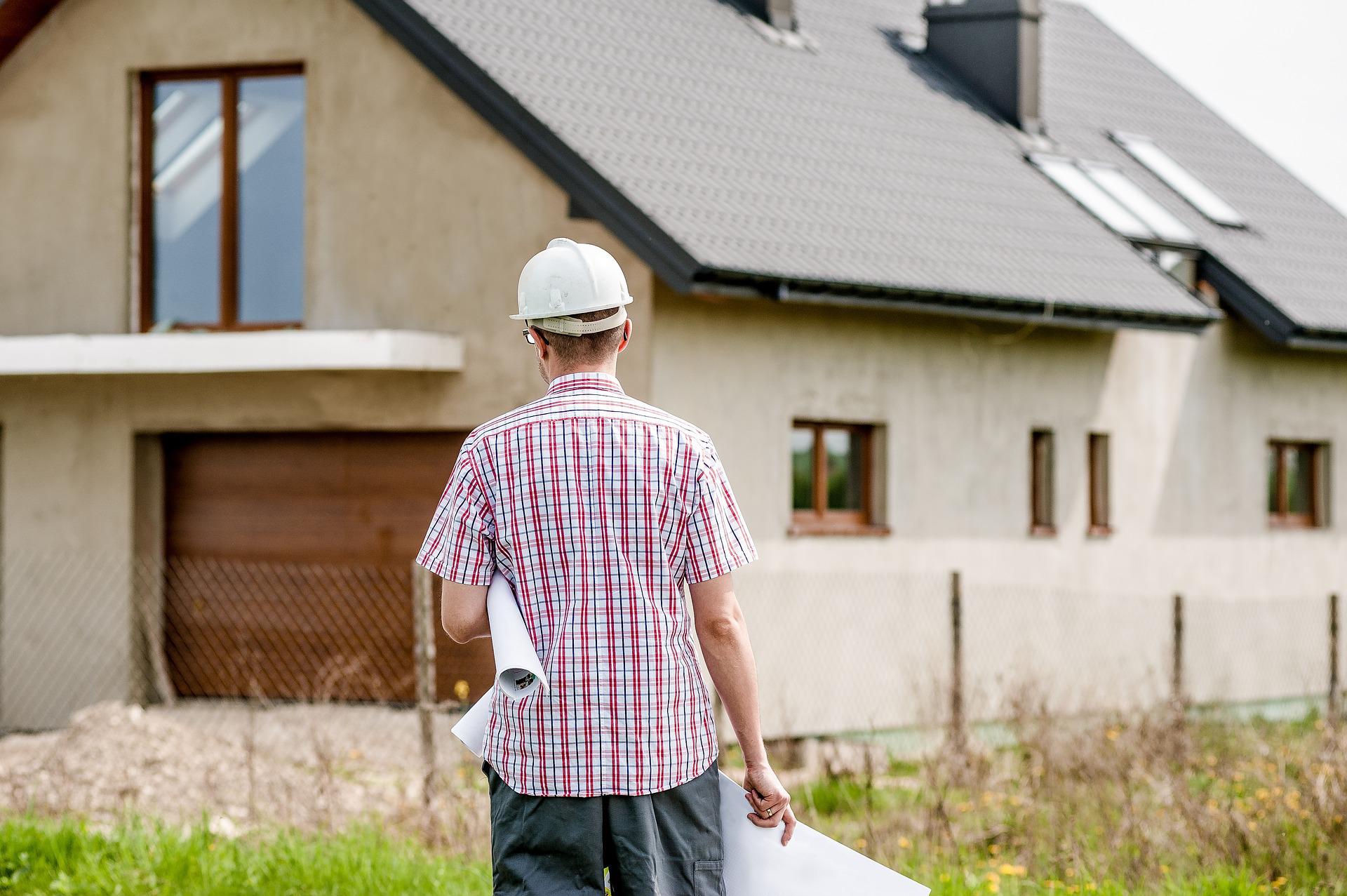
A software-driven saw machine
Eemshout Prefab from Groningen makes elements for timber construction. The company does not make use of IoT, but it has been working for years on digitalization and automation. For example, it works with a smart saw machine. This is not smart due to a connection to the internet, but due to complex software that the fully automated saw uses, says director Pieter de Boer. “With our machinery, we can organize our production processes more efficiently and consequently also increase production capacity.”
A lot of money
Since then, a new engineering assignment is ready for a machine that, in addition to the regular saw work, can also make the most unique wood elements. “We are looking into whether this is feasible, but are not yet ready to make a final decision.” De Boer fully understands that many construction companies are apprehensive about using smart devices. “It often costs a lot of money to make this kind of investment. While you may not be convinced that such a device will actually help your company progress.”
Yet the director also sees the positive aspects of IoT in construction. He also emphasizes the efficiency gains that can be achieved. “Above all, we need to see that we can solve the capacity problem in construction. Smart devices and other automated processes are an important part of the solution.”
Conservative
Although digitalization is not bypassing monumental buildings either, it seems that this branch of the construction sector is not eager to spend too much on smart equipment, Jan Harm Eppinga notes. He is a construction and monument consultant and project manager at Het Groninger Landschap foundation. “The construction industry is facing huge staff shortages and there is not a lot of time and space to work on expanding your vision. Moreover, for many people digitalization is still a world away. You can see in new buildings that a lot of smart equipment is already being used. But I have to deal with old buildings where their monumental value is important. This branch of the construction sector is not always open to innovation.”
Yet IoT solutions have the potential to raise renovations and maintenance of monumental buildings to a higher level, Eppinga believes. “A sustainability knock-on effect can be achieved. Just think of smart heating systems based on sensors. Such a solution is especially useful in monumental buildings, because we can’t just replace the existing windows with double glazing everywhere. We can accomplish a lot with smart devices.”
Aside from that, Eppinga hopes that the construction sector will become more attractive to young people through the use of more and more smart equipment. “I definitely see the value of making our field of work more interesting for young people. By working actively with IoT, I hope that will happen.”




